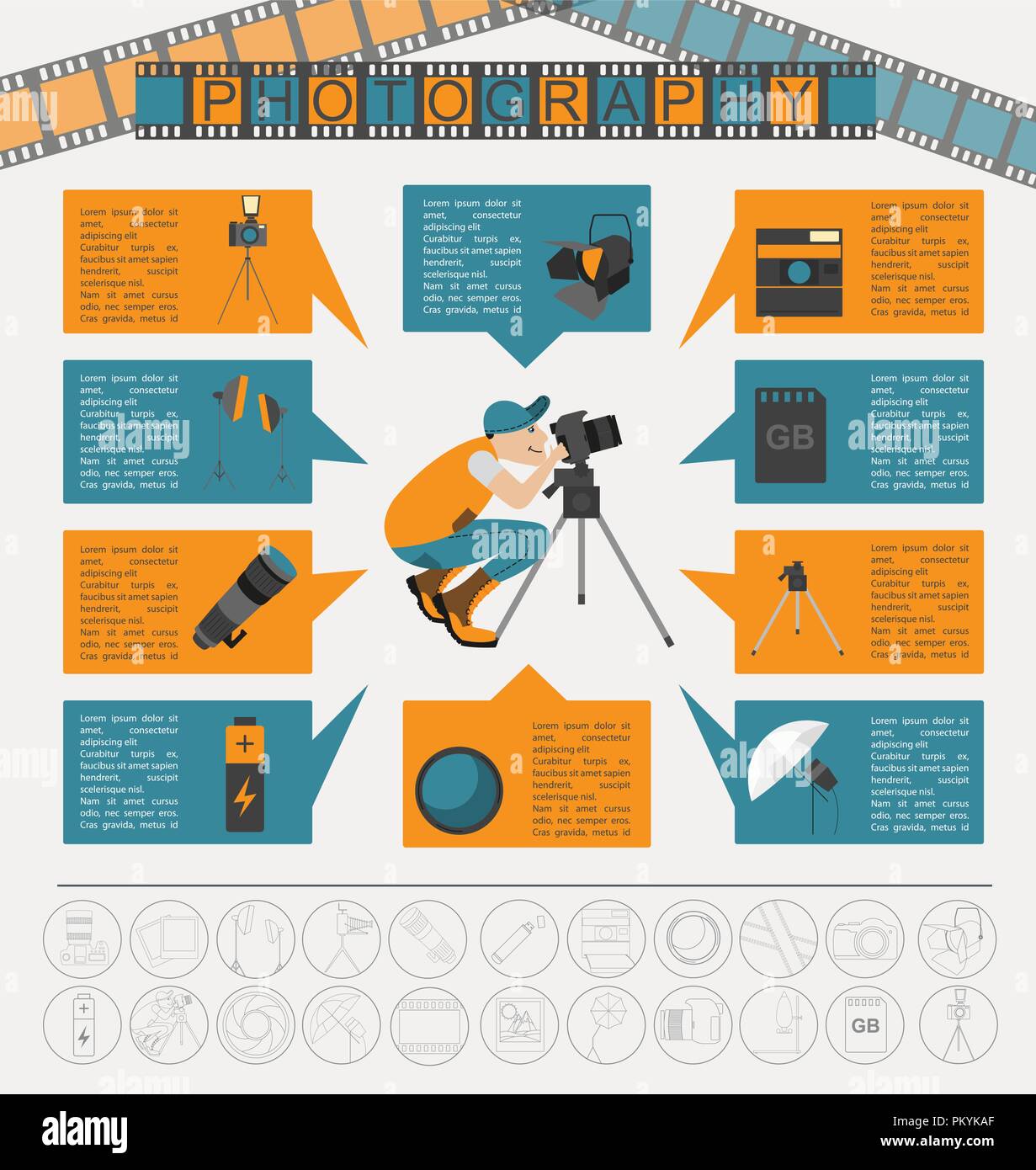Digital Photography Tips For Beginners: Understanding Your Cam In No Time
Digital Photography Tips For Beginners: Understanding Your Cam In No Time
Blog Article
Content Create By-Tobin Didriksen
When you first grab your cam, it can really feel overwhelming with all the setups and options available. You could find yourself wondering just how to browse aperture, shutter rate, and ISO successfully. Understanding visit the next web page is crucial, however there's even more to photography than simply technical knowledge. Understanding structure strategies and illumination conditions can raise your photos dramatically. So, what happens if you could find out straightforward methods to boost your skills and begin capturing impressive images sooner than you assume? Allow's explore just how to change your photography journey.
Comprehending Cam Setups
Comprehending your camera setups is essential for capturing sensational images. When you grab your cam, familiarize yourself with the three major setups: aperture, shutter speed, and ISO. Each plays a vital duty in exactly how your photos end up.
Start with aperture, which controls the quantity of light entering the lens. A bigger aperture (lower f-number) lets in a lot more light and develops a beautiful history blur, excellent for pictures. On LinkedIn photographer , a narrower aperture (higher f-number) keeps even more of the scene in emphasis, suitable for landscapes.
Next off, focus on shutter speed. This setting figures out how long your cam's sensing unit is exposed to light. A fast shutter speed freezes movement, which is great for activity shots, while a slow shutter rate can create spectacular impacts like smooth water in landscapes.
Finally, change your ISO. This setup impacts your cam's sensitivity to light. A greater ISO is useful in low-light scenarios but can introduce sound or grain. Go for the most affordable ISO feasible while still accomplishing correct direct exposure.
Structure Methods
When you're out capturing, structure can make all the distinction in exactly how your photos reverberate with visitors. Begin by using the guideline of thirds; visualize your framework separated right into nine equal areas with two straight and 2 upright lines. Placement key elements along these lines or at their intersections to create equilibrium and rate of interest.
Next off, think about leading lines. These all-natural lines in your scene, like roadways or rivers, draw the visitor's eye into the picture, leading them through the story you're informing.
Do not forget about framing; usage elements within your scene, like trees or home windows, to produce a frame around your subject, adding depth and focus.
Additionally, keep an eye on your history. A cluttered background can sidetrack from your main subject, while a simple one assists it stand apart.
Lastly, experiment with symmetry and patterns; they can create a striking image that catches focus.
Learning Lighting Conditions
Grasping lighting problems is critical for capturing spectacular photographs, as the appropriate light can change a normal scene into something extraordinary.
Begin by observing natural light at various times of the day. Early mornings and late afternoons use the very best light, known as the golden hour. The soft, warm tones during these times can enhance your images beautifully.
Do not avoid cloudy days either; diffused light can minimize harsh darkness and develop a pleasing result, especially for portraits.
Try out backlighting by placing your topic versus the source of light. This technique can create a fanciful halo result and include deepness to your images.
Take notice of your video camera settings as well. Readjust the ISO, aperture, and shutter rate to suit the lighting problems. A greater ISO can aid in reduced light, but be cautious of grain.
Make use of a tripod in darker settings to prevent blur.
Finally, don't forget man-made illumination. Flash and continuous lights can be excellent tools for managing light in tough conditions.
Verdict
In conclusion, grasping your camera does not have to be overwhelming. By comprehending your setups, applying composition methods, and harnessing the power of all-natural light, you'll rapidly raise your digital photography abilities. Remember, exercise makes perfect, so go out there and trying out your newfound knowledge. With time and dedication, you'll be capturing stunning photos that show your unique point of view. Appreciate the trip, and do not neglect to have a good time while you're at it!
